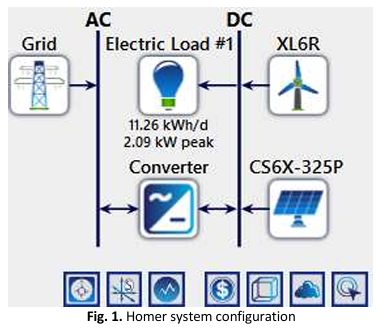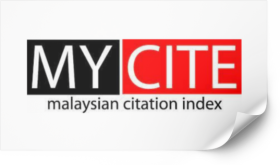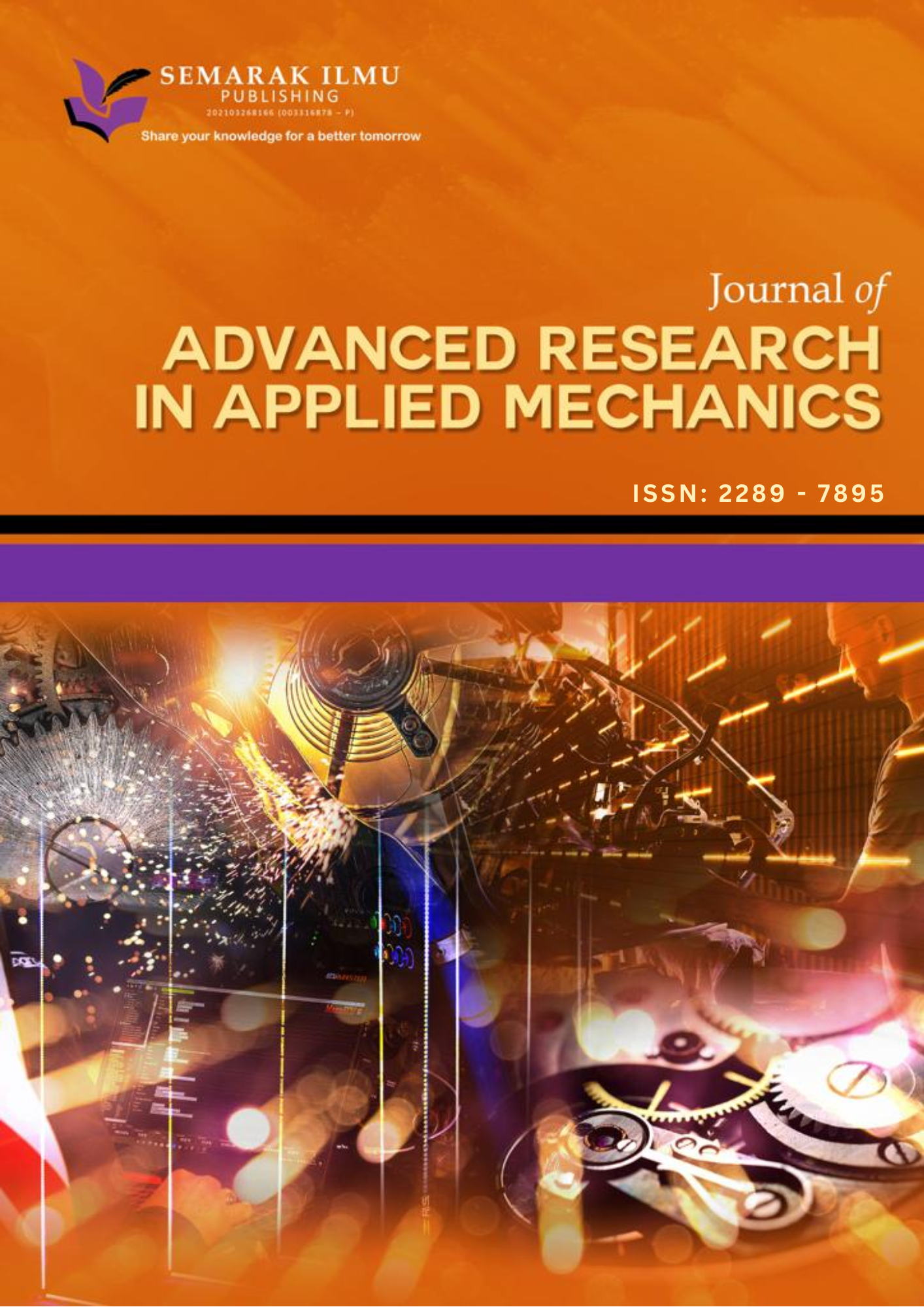Solar/Wind Hybrid Electric Building Modeling for Housing Construction in Mountainous Lands Based on Homer Pro
DOI:
https://doi.org/10.37934/ard.130.1.2636Keywords:
Solar power, wind energy, homer pro, semarangAbstract
The rapid urbanization and population growth in the lowland regions of Semarang have led to significant increases in energy demand, necessitating the exploration of sustainable energy solutions to meet these challenges. This study addresses the critical issue of fulfilling energy requirements by implementing a hybrid renewable energy system (HRES) that integrates solar and wind energy sources. The primary objective of this research is to evaluate the feasibility, performance, and economic viability of this hybrid system in residential applications, utilizing HOMER Pro software for comprehensive modeling and optimization. The methodology involves a detailed analysis of the solar and wind energy potential specific to the region, an assessment of local energy consumption patterns, and a thorough economic evaluation, including metrics such as Net Present Cost (NPC) and Cost of Energy (CoE). The findings reveal that the HRES can generate a total annual energy output of 7,521 kWh, with a significant surplus of 2,629 kWh available for sale back to the grid. This research highlights the potential of hybrid solar and wind systems to enhance energy sustainability, reduce greenhouse gas emissions, and mitigate reliance on fossil fuels, thereby contributing to developing a more resilient energy infrastructure in lowland regions.
Downloads























